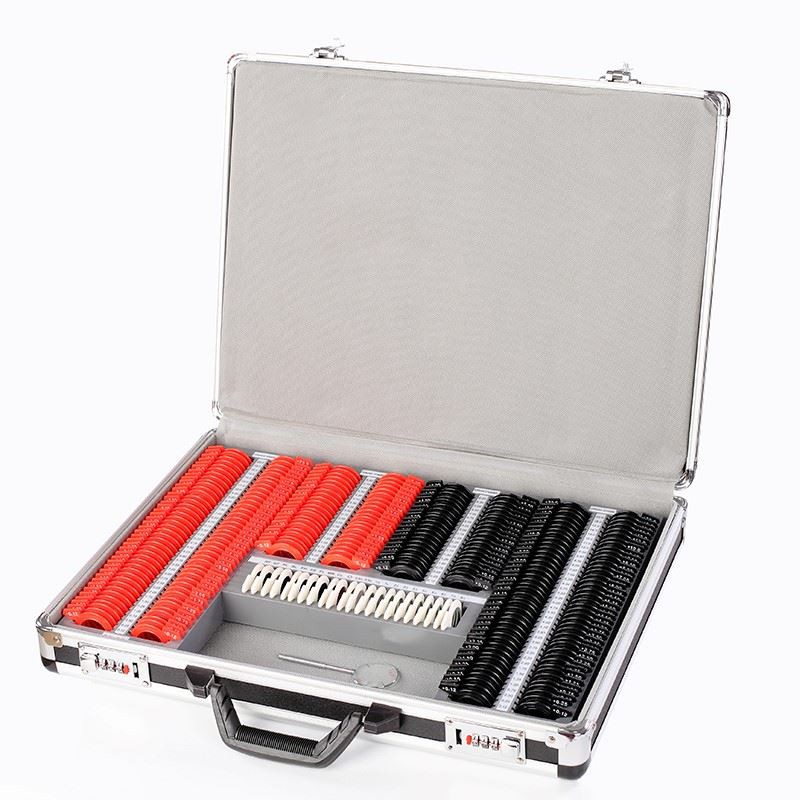Lens coating
In order to obtain some new and excellent properties that are not originally available, the surface of the spectacle lens is coated with a certain thickness of single-layer or multi-layer optical film by physical and chemical methods.
Reinforced film: Also called hard film, it is a layer of metal oxide with a refractive index similar to that of the lens mixed with a coupling agent. It has the characteristics of high hardness, high adhesion, high light transmission, etc., which can effectively improve the wear resistance of the lens, not easy to peel off and yellow, and greatly improve the service life of the lens.
Anti-reflection coating: also called anti-reflection coating, it uses the principle of light interference to cause the light reflected back through the two sides of the film to interfere, thereby canceling each other, reducing or eliminating the reflection of the lens, thereby improving the transmittance of the lens. Under normal circumstances, it is difficult to achieve the desired anti-reflection effect with a single-layer anti-reflection film, because one layer of anti-reflection film only has an anti-reflection effect on light in a certain band, and it is often used to reduce the number of layers of double, three or even more layers. Reflective film to improve the anti-reflection effect of the whole range of visible light, so as to make the lens more transparent.
Durable top film: also called hydrophobic and oleophobic film, commonly known as waterproof film. It is formed by evaporation and deposition of fluoride and other water-repellent materials on the surface of the lens by evaporation. The water/oil is reduced through the water-repellent substance and the compact surface of the film. The contact area with the lens makes it difficult for water/oil to adhere to the surface of the lens, ensuring the visual effect of the lens and making it easier to clean.
Anti-static film: Generally, indium tin oxide (ITO) material is used to plate a thin film on the surface of the lens, which has good conductivity and transparency. ITO film can effectively eliminate the static electricity accumulated on the surface of the lens and reduce the adsorption of dust on the surface of the lens.


